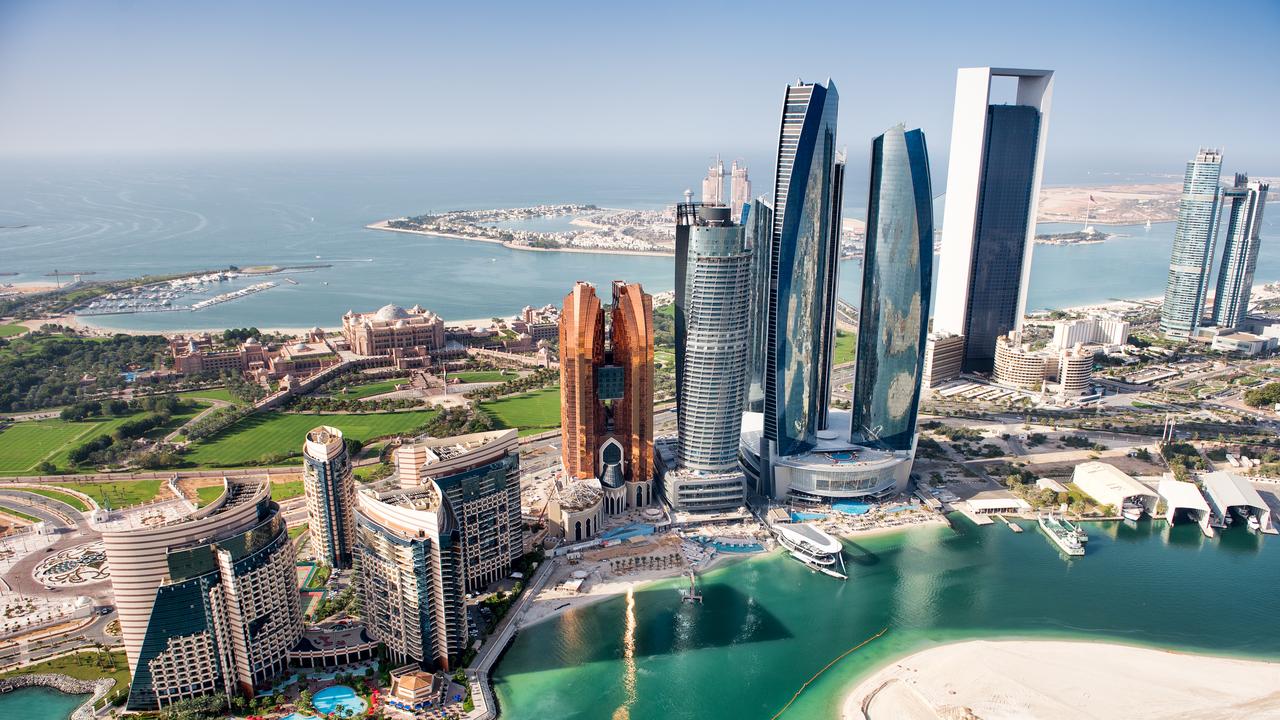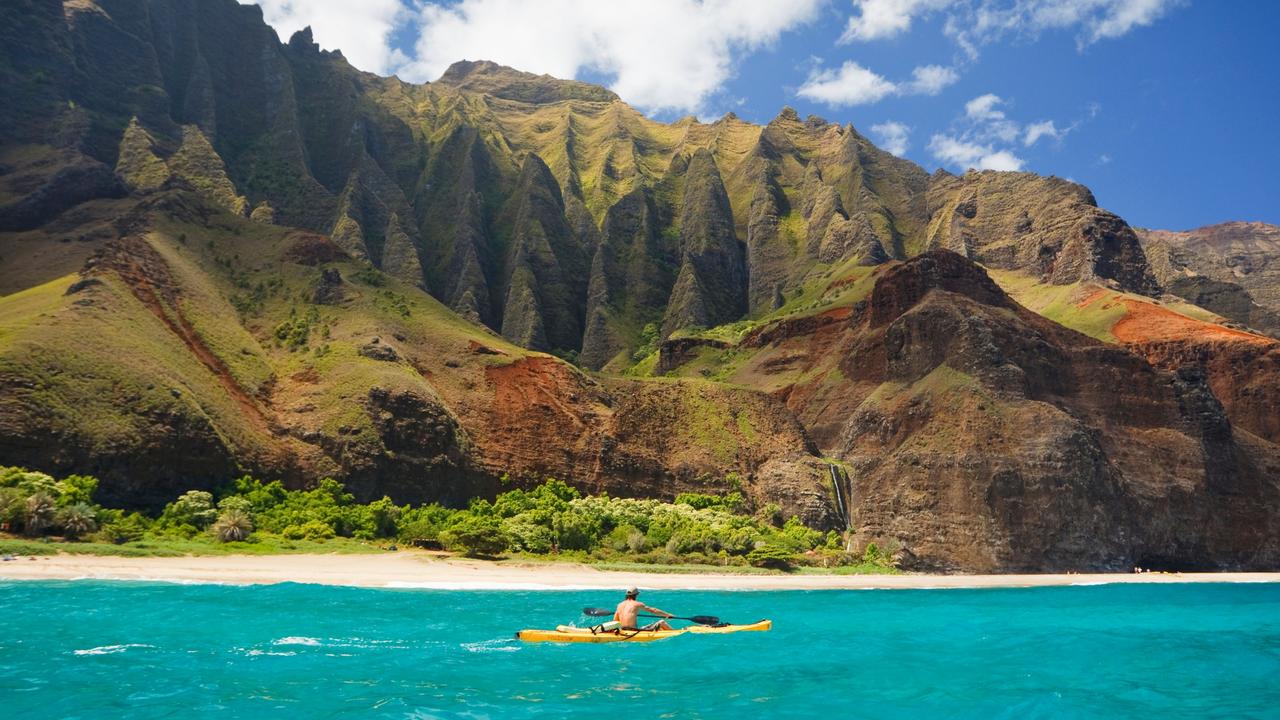Heading to Japan for the Rugby World Cup? Here are some things you need to know
It’s the country hot on the list of Australian travellers but there’s a few things you need to know before you go, including this one dining rule.

Destinations
Don't miss out on the headlines from Destinations. Followed categories will be added to My News.
Jump on the Wallabies bandwagon for the Rugby World Cup in Japan later this year and pack a few great side trips into your travel bag.
The Aussies are playing in Sapporo in Hokkaido Prefecture in Japan’s north, Oita in Oita Prefecture to the far south, Shizuoka in Shizuoka Prefecture, three hours south of Tokyo, and Tokyo in the pool games, with finals held in Oita, Tokyo and nearby Yokohama – and that’s a wonderful way to see some of the best parts of Japan.
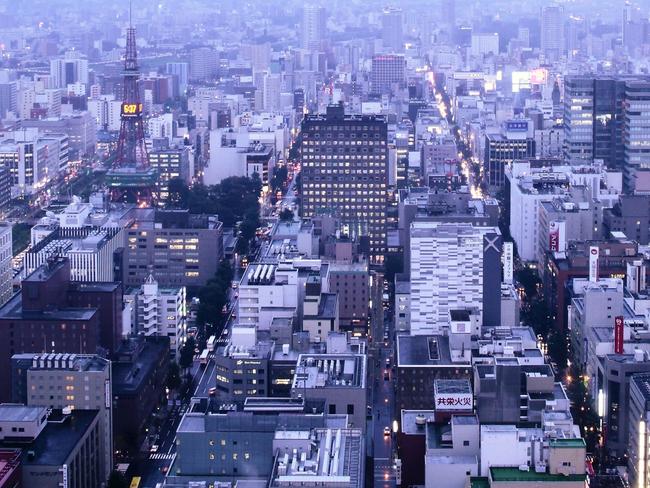
NEVER DO THIS IN A JAPANESE TAXI
THE $5 SECRET TO TRAVELLING IN JAPAN
SAPPORO
Pack an open mind to eat some of the most unusual yet tasty delicacies imaginable (but wherever you’re eating, never rub your wooden chopsticks – it says you think the restaurant is cheap).
Sapporo is the main town in Hokkaido and home to the space-age, slug-like Sapporo Dome stadium. It’s hosting a festival showing off the best local food and craft beer during the tournament and its Odori Park will house a 1.5km beer garden during the Cup, right near the underground rail heading to the stadium.
The city was developed after the samurai and Shogun era and built up during the period of isolationist policy at the end of the 19th century.
The famed samurai had to lose their top knots, lay down their swords and wear western dress.
Around the same time, the Sapporo brewery was started to show the west that Japan had modernised. It was a commonsense political move that provides beer lovers with Sapporo Classic, the local brew that washes down every dish served in Hokkaido.

The super bowl
The queue at Soup Curry Garaku restaurant is long at 11.25am – and the joint opens at noon. Downstairs is a madhouse of funky music, deer antlers hanging from the ceiling, Americana on the walls and Disney dolls – all offset by wood panelling.
The curry soups are rated and a mid-strength No. 5 is a safe bet not to blow your head off. There are share tables and the large paper aprons are to protect yourself and neighbours from soup sloppage.
Catch the haul
Back on street level, take a turn around Nijo seafood market. Stacked with Shinto perfection is an ocean of fish varieties, crabs as big as triffids, deep red whale “bacon”, dried scallops, monster oysters, sea urchins, you name it. The stand-up sushi shop is fast, fresh and fantastic.

Front roe
From the park, head to dinner at the wild Hachikyo seafood pub. Fermented fish guts with local, super-tasty spuds; deep-fried chicken with plum sauce; cold, dry sake; raw barracuda; and a waiter shouting at the top of his lungs as he ladles out salmon roe. The fish eggs are delicate and burst in the mouth.
All this is accompanied by the omnipresent Sapporo Classic beer.
Walk in the park
Hokkaido has a cultural masterpiece that’s worth dedicating time to, away from the hubbub.
After a traditional Japanese breakfast at Keio Plaza Hotel Sapporo – small pieces of mackerel, porridge with seaweed twirl, raw egg with sauce, raw fish, pickles, green tea – head to Moerenuma Park. Architect Isamu Noguchi found a 188ha parcel of hinterland and persuaded Sapporo public to fund his enormous art piece.
The centrepieces are a glass pyramid with a nod to the Louvre, waterways, gigantic modernist metal installations, cherry and larch groves, and raised hills. Spend half a day here.
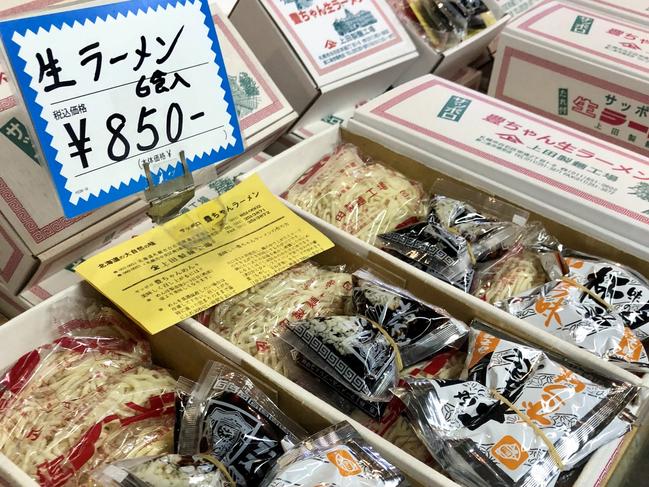
SHIZUOKA
Shizuoka lives in the shadow of Fuji and is otherwise known for its for tea and tangerines.
At Hotel Century, a corner room with wrapping windows provides a full view of the city. Ask for a room with a Fuji view, but equally good are views from an external glass elevator or the window beside the convenient beer dispenser machine on each floor.
Shizuoka should also be noted for its high-end Nakotei teppanyaki restaurant, which delivers fine food dished in a choreography of cooking showmanship in front of guests.
Smoke and mirrors
Afterwards, walk 15 minutes to Bar Le Refuge. The sign is hard to find and the ground-floor entrance looks like the front of an apartment, but inside are smooth Japanese whiskeys served with precision by a master of his craft.
The smoky 10-seater bar, cool jazz beats and a laboratory of 50-plus proof drams wind up the night.
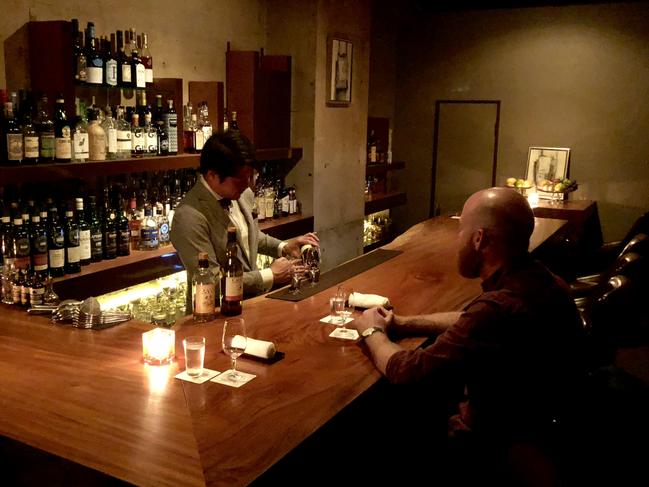
Shogun secret
In the morning, if Fuji isn’t in cloud, head to Nihondaira (flat Japan) view point to see the peak and for port views. Then set aside half a day to visit the Shinto shrine of shogun Tokugawa Ieyasu, hero-worshipped since his death for bringing peace to Japan, effectively unifying the country for the first time, in 1600.
Three traditional orange gates prevent the evil spirit from entering where the shogun’s mausoleum remains, along with rumours that his body is still entombed there.
Eels (and no tattoos)
Elsewhere in Shizuoka Prefecture, stay at the 45-storey Okura Act City Hotel in Hamamatsu, which has spectacular views and conveniently towers over Hamamatsu rail station.
You can take the 30-40-minute train trip to Kanzan-ji Temple where people write messages on blocks of wood – about love, good luck, health, etc – and tie them to a small shrine.

Nearby is brackish Lake Hamana, 114km in circumference, 16.6m deep at its deepest and home to some of Japan’s tastiest eels. Haminoki restaurantserves crispy-skin eel with the softest and most delicate flesh, sweetened with a special sauce and accompanied by a slurping udon noodle soup, pickles and beer.
Hamana is ringed by hot springs only discovered 70 years ago, but know that spas generally forbid tattoos because of their links to elaborately inked Yakuza crime gang members.
OITA
Beppu in Oita Prefecture is the steaming centre for the classic onsen. Locals even pump water from the hot springs into their private onsen.
The circuitous drive to Kunisaki to visit a Tendai Buddhist temple built in the seventh century is worth the five hours. The route passes Aso, Japan’s largest active volcano with a 128km circumference, although its most recent party days were 17,000 years ago. Anytime soon, we’re warned.
WHAT I LEARNT WHILE NAKED IN JAPAN
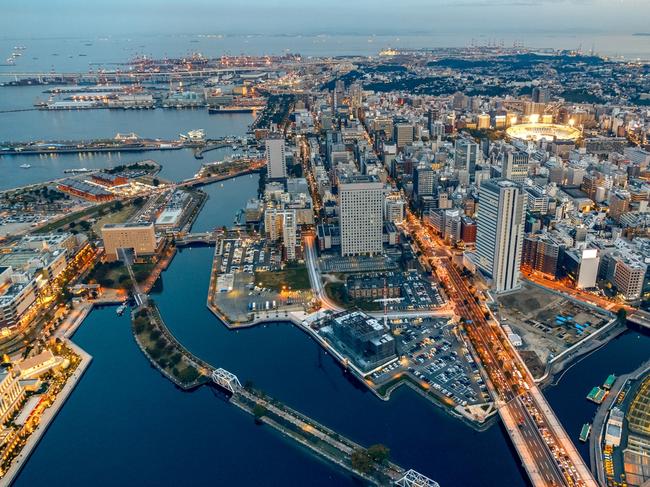
YOKOHAMA
After a game at International Stadium Yokohama, downtown is humming with bars and food.
Ten minutes’ walk from the stadium towards Shin-Yokohama Station are small bars with excellent cold draught beer and grilled fish and chicken treats.
Head up Marine Tower for views right across the city (that slightly unsettling wobble in the stem of the tower is not a quake).
Then head into Noge in Yokohama where 400 tiny bars are crammed into 2sq km – pub crawl heaven.
Bars will fit six to 12 drinkers and serve only a few barrels until they run out. Every glass is poured to frigid perfection in frosty glasses everywhere in Japan.
Japanese aren’t keen on drunks during daylight hours, but after work, things take a wild turn.
Expect to see geishas walking to work in this district and you may share the bar with some powerfully inebriated locals who have earned their right to let loose.
THE ONE RULE YOU NEED TO BREAK IN JAPAN
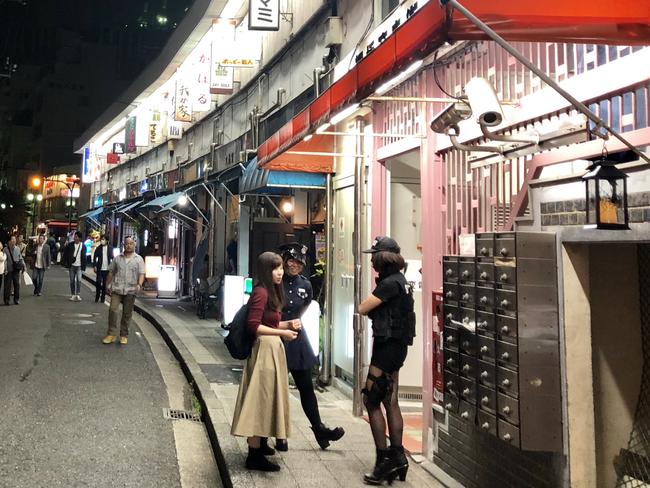
TOKYO
Rugby is growing, but sumo and baseball are the national sports in Japan, by some margin.
Tokyo’s Shinjuku district has a great batting cage in the respectfully adults-only district and it’s about $5 to face a few balls pitched up to 120km/h.
The rail network is well signed in English and by far the best way to traverse the city.
Tokyo railway station is also a destination for the finest ramen restaurant, if you’re willing to wait. By the time a breakfast of noodles with thick fishy soup is finished, there is a queue of customers who will wait an hour to get a seat in the restaurant.
JAPAN’S SECRET WE WANT TO KEEP TO OURSELVES
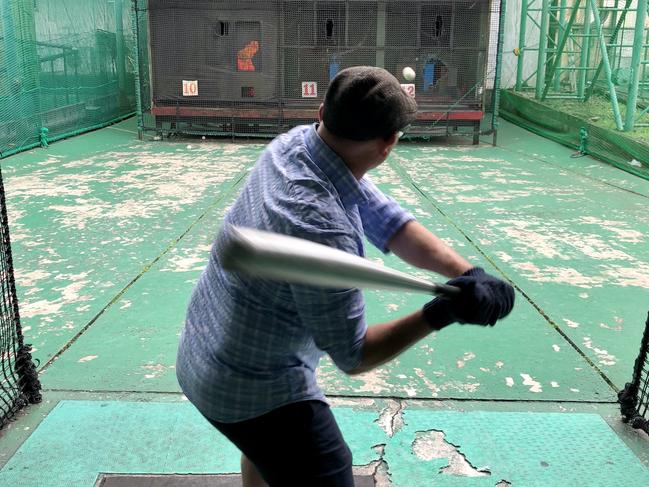
Podium finish
As you wait to leave Tokyo, make Haneda Airport’s Hyakuzen teriyaki restaurant your final destination.
The panko-crumbed pork loins and fillets, cabbage pile, pickles, dressings, miso soup with miniature cockles and a cold beer make for a winning exit from the Japan Rugby World Cup, whatever the result.
The writer was a guest of Japan National Tourism Organization
ESCAPE ROUTE
Getting there
Japan Airlines flies to Haneda International Airport via Sydney.
Internal flights, Fuji Dream Airline, from Hokkaido to Shizuoka and Oita to Haneda.
The Rugby World Cup runs from Sept 20 to November 2.
MORE
ALWAYS DO THIS AT A JAPANESE TRAIN STATION
For more travel advice and inspiration sign up to Escape’s newsletter and check us out on Facebook.
Originally published as Heading to Japan for the Rugby World Cup? Here are some things you need to know

